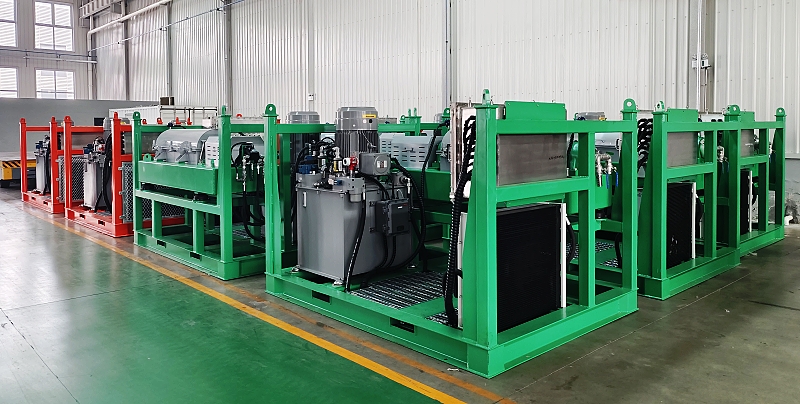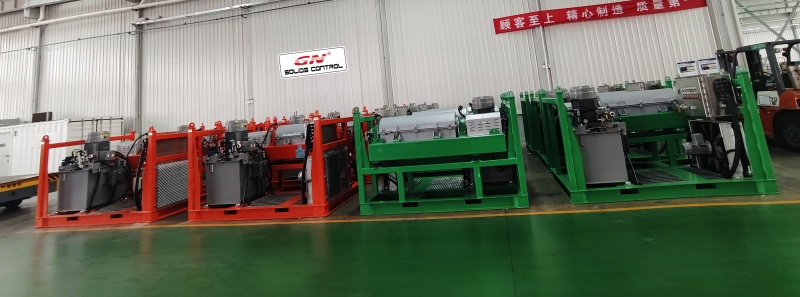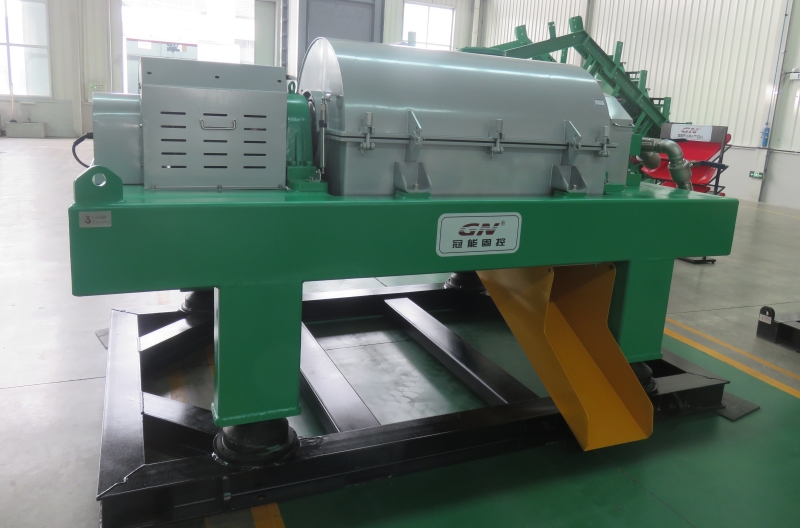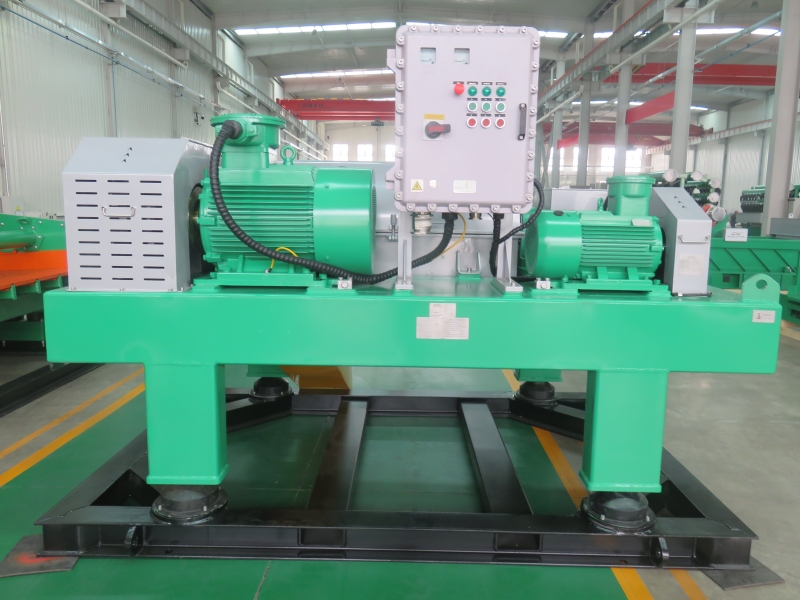
Each mud recycling system comprises essential components such as the GN Mud Cleaner GNZY705E-1S8N, GN Centrifugal Pump, GN Jet Mud Mixing Hopper, and Mud Tank. The GN Mud Cleaner GNZY705E-1S8N is a multifunctional unit integrating capabilities of desander, desilter, and shale shaker, thereby effectively separating coarse and fine solids from the drilling fluid. Its robust design and high efficiency render it particularly suitable for rigorous operational environments.

The GN Centrifugal Pump maintains a consistent flow of drilling fluid, enhancing overall system efficiency with its exceptional performance and durability. It is designed for easy maintenance and long service life.
The GN Jet Mud Mixing Hopper facilitates the preparation of drilling fluid by mixing additives, ensuring optimal properties for efficient drilling and tunneling processes. Designed for ease of operation and high productivity, it contributes significantly to operational efficiency.
The Mud Tank serves as a crucial storage and processing unit for drilling fluid, accommodating large volumes while providing a stable base for system components. Its sturdy construction guarantees reliability under demanding conditions.
Tailored specifically for Argentina’s tunneling and piling projects, these Mud Recycling Systems from GN Solids Control exemplify the company’s commitment to delivering high-quality equipment and innovative solutions. With a profound expertise in solids control manufacturing, GN Solids Control has earned a reputation as a trusted partner in global drilling mud treatment and tunnel boring mud treatment initiatives.
The successful deployment of these 500GPM Mud Recycling Systems in Argentina underscores GN Solids Control’s dedication to exceeding customer expectations. For more detailed insights into GN Solids Control and its comprehensive array of solids control equipment, please visit www.gnsolidscontrol.com.








 The key features of the GNLW223D centrifuge system include:
The key features of the GNLW223D centrifuge system include:













